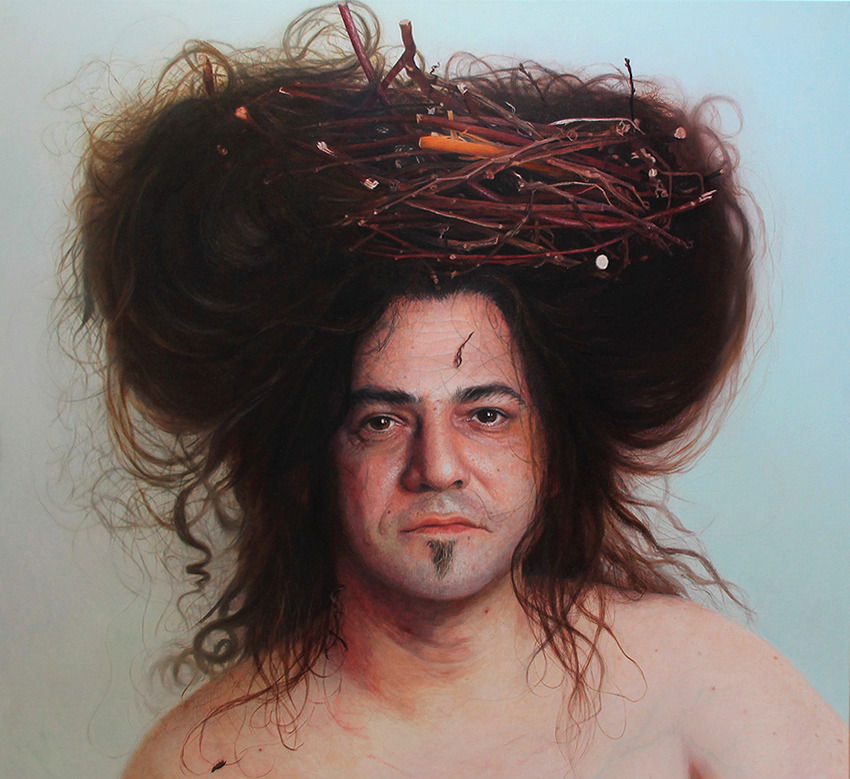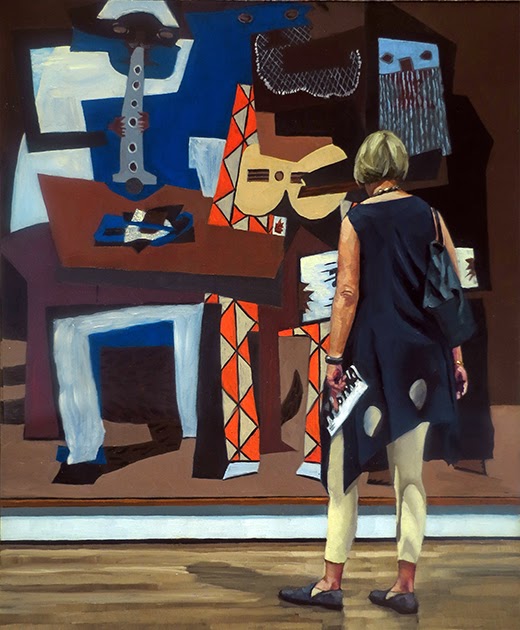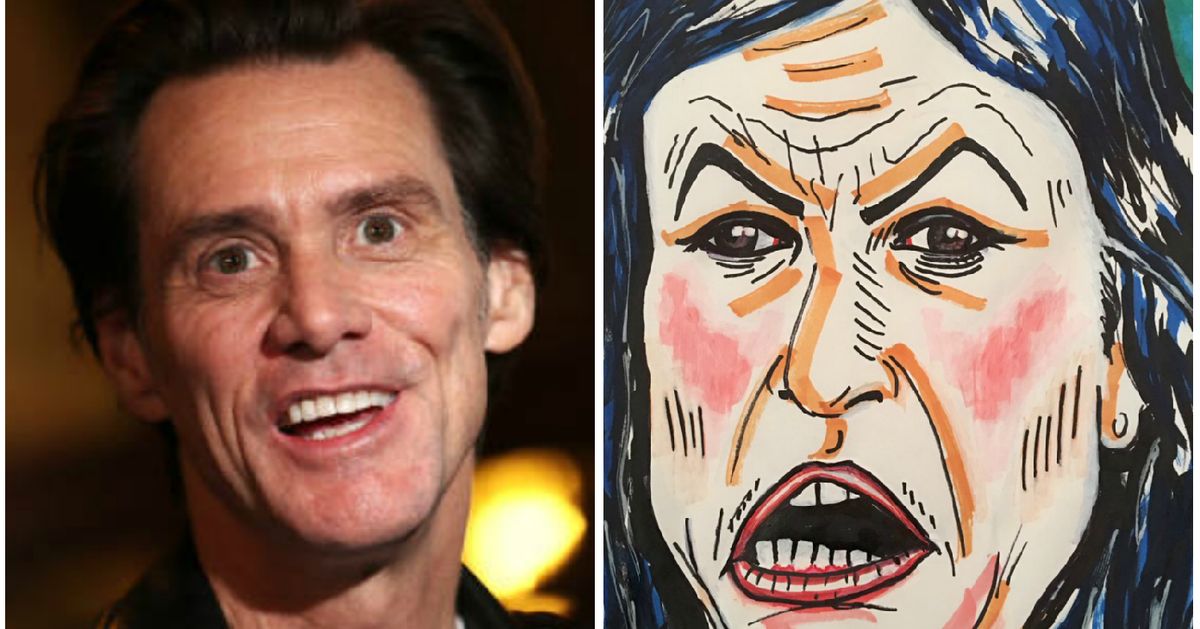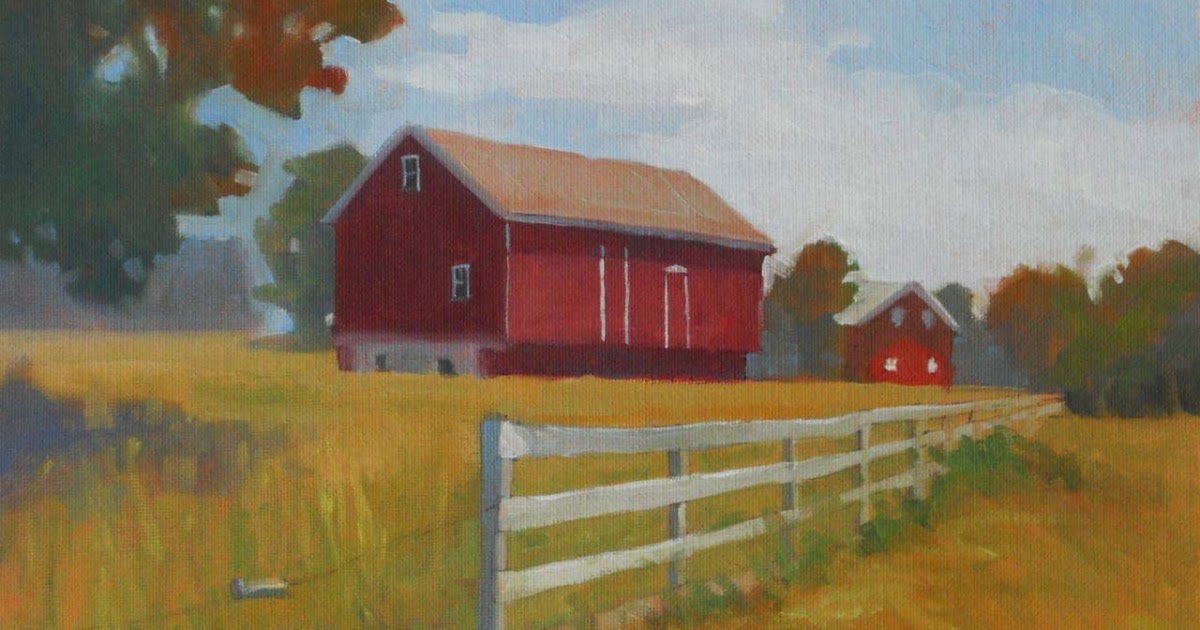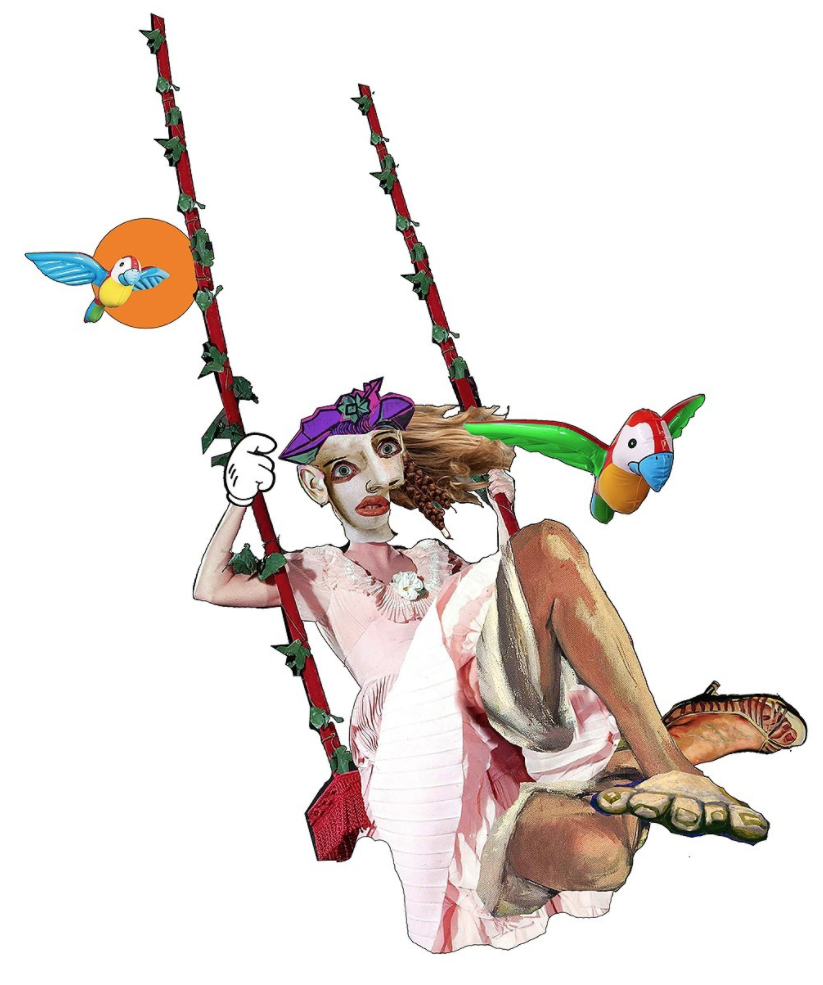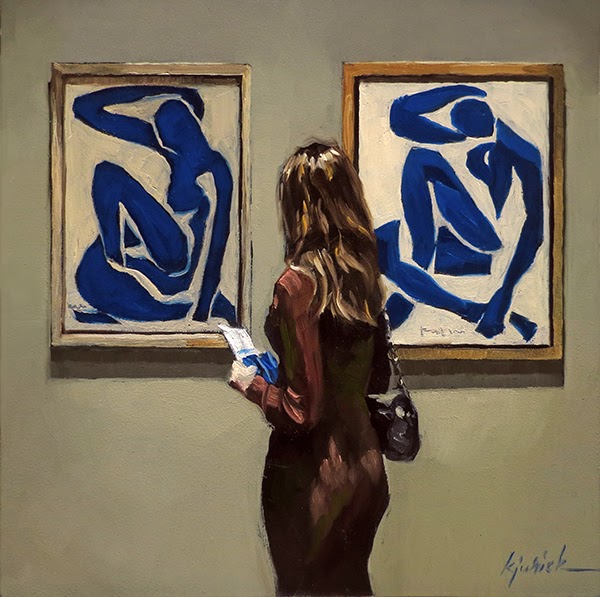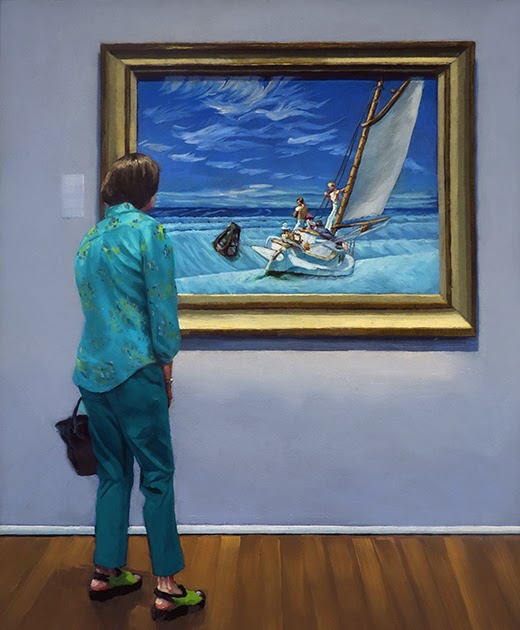Category: Painting
"Facing the Music"
[ad_1]
[ad_2]
Source link
Jim Carrey Starts Controversy With Painting That Looks Like Sarah Huckabee Sanders
[ad_1]
Comedian Jim Carrey ruffled feathers Saturday when he tweeted a photo of a painting he made that looks a whole lot like White House Press Secretary Sarah Huckabee Sanders.
The actor and comedian shared the image with the caption: “This is the portrait of a so-called Christian whose only purpose in life is to lie for the wicked. Monstrous!”
Many Twitter users shared their extremely varied responses to the piece. Some celebrated the image, while others criticized Carrey’s use of the word “Christian” in his caption.
Carrey has been drawing and painting since he was a child, talking passionately about the hobby in a 2017 documentary short called “I Needed Color.” He talks about what his paintings mean, noting that people can “tell my inner life by the darkness in some of them” and “tell what I want from the brightness in some of them.” The 56-year-old also said that he has used painting as a way to heal a broken heart.
Carrey hasn’t said anything else on social media about the portrait that looks like Sanders, but he did share the following image on Monday:
As for who this one is supposed to be, we’ll let you figure that out on your own.
[ad_2]
Source link
A Painting Today: “In Shape”
[ad_1]
5 x 5"
oil on panel
sold
I do a lot of small studies, mostly to keep painting while I'm think about my next piece and to feel out how a photograph or featured artwork translates into a painting. A generous Instagramer, Cilia, sent me the photo I used on this new painting, one of her viewing Henri Matisse's Blue Nudes in the Kunsthaus Zurich Museum in Zurich, Switzerland.
Matisse completed a large series of 'cut-outs' after a surgery which left him in a wheelchair with a limited ability to paint on canvas. He painted sheets of paper with various, solid colors of gouache, some more opaque than others, cut out organic shapes, overlapping and glueing, and created some of the most famous works of art in his lifetime. Proving that adversity can take you to unexpected places you may not have gone before.
[ad_2]
Source link
Graphic Street Art Of Trump Shooting Schoolchildren Sparks Outcry
[ad_1]
Mystery surrounds who is behind an Alabama mural that depicts President Donald Trump carrying out a mass shooting outside a school.
An anonymous street artist painted the piece on the wall of an empty downtown lot in Florence on Sunday night. The mural showed Trump pointing a handgun at a group of bloodied schoolchildren and featured the pro-gun control #NeverAgain hashtag.
Florence Mayor Steve Holt also described the imagery as “disgusting,” per WAAY-TV.
On Twitter, the work was praised:
On Tuesday, city workers painted over the mural, which was on private property, with the land owner’s permission.
[ad_2]
Source link
A Painting Today: “Catch the Next Wave”
[ad_1]
9 x 12"
oil on panel
sold
My Mac died a couple of weeks ago. I work on what they call a 'vintage' model. I have to. I run programs from days of yore - ones I built my website on, etc. For about a week, I hunted down a 'vintage' replacement and turned it over to the experts and finally got my working studio back to normal. Happy to report I'm no longer out of sorts.
Meanwhile, I started this painting, working from a laptop screen. It's a slower process but better than nothing while I waited. So, that's where I've been lately.
When I stood in front of Ground Swell by Edward Hopper, I stared for quite a while. What was that buoy doing there? On an otherwise calm, beautiful day, surrounded by a sea of blues, there is this dark, ominous warning of sorts, alerting the people on the small catboat. A sign of imminent danger? Clouds signaling a storm is coming? I looked for an explanation when I had time. Hopper never offered one except - during the time he worked on Ground Swell in 1939, World War II broke out in Europe. I think that explains it.
From the National Gallery of Art in Washington DC.
~ Stay healthy and safe and get your vaccination.
[ad_2]
Source link
